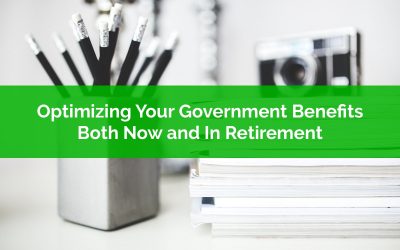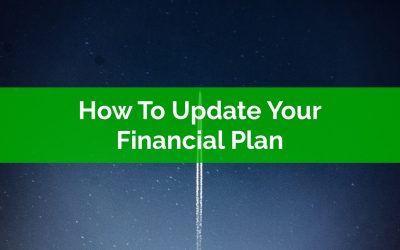Thank you for joining the waitlist!
You’re on the list for early access!
We will contact you via email when we’re ready for you to start your self-directed financial plan. In the mean time here is a quick preview…
Check out our latest blog posts…
Optimizing Your Government Benefits: Both Now and In Retirement
One of the biggest financial planning opportunities for regular people is around government benefits. Unless you’re earning an extremely high income you will probably receive some form of government benefit over the course of your life.
As a student, you may receive GST/HST credits. When you have a family, you may receive the Canada Child Benefit. And when you’re a senior you may receive Old Age Security and the Guaranteed Income Supplement.
Understanding how government benefits work can help you optimize how much you receive both now and in the future. A few simple changes can increase your benefits by $1,000’s per year and help you save more, increase your financial security, and general increase your peace of mind.
Some families may be doing this already, but not realize it.
Other families may not be doing it at all, and losing $1,000’s.
Most benefits are based on your net income and most benefits have clawback rates associated with them. As your income increases, your benefit will go down based on this clawback rate. But not all income is created equal, and some types of saving will increase your benefits.
One of the best ways to optimize your benefits is by carefully planning RRSP contributions. RRSP contributions decrease your family net income and increase your benefits. This increase in benefits can provide a big incentive to save. Depending on the number of children, for some families the increase in benefits from an RRSP contribution is worth more than the tax refund! In total, some families can get back $0.60-$0.70 for each $1 they contribute to RRSPs.
On the other side, when you’re ready to withdrawal from your RRSPs, these withdrawals need to be carefully planned. RRSP withdrawals increase family net income and can potentially trigger clawbacks on GIS and OAS. With clawbacks on GIS reaching up to 75% it’s important to plan RRSP withdrawals carefully to avoid losing 50%-75% of every $1 you withdraw from RRSPs in retirement.
If you’re earning a normal/average income then understanding government benefits can potentially provide a big boost to your long-term financial security. Ignoring government benefits can make things unnecessarily difficult.
Create Your Own Online Spend Tracker Using Google Forms + Google Sheets
Tracking your spending is a great thing to do every once in a while. Even if it’s just for a short period of time, tracking your spending can provide an amazing insight into where your money is going. It can help you understand if your spending actually lines up with your values and goals.
You may want to do this permanently, to help you track your progress towards your goals, or you may want to do this temporarily, perhaps to help get your spending back on track, or to find out where your miscellaneous spending is going. You may also want to do this 1-2 years before retirement, just to make sure that your retirement budget isn’t missing anything.
You might want to track your spending… but you don’t want to give Mint all your passwords or pay YNAB a monthly fee. What you’re looking for a low-cost budgeting alternative that is still somewhat automated and easy to use, so why not setup your own spend tracker using Google Forms and Google Sheets?
Don’t want to set up your own spend tracker? Use our free Budget Tracking template. It’s built on the same principles as below, but we’ve already done a lot of the work for you. More details at the end of the post.
Creating your own spend tracker using Google Forms and Google Sheets is super easy to do. Google Forms integrates with Google Sheets so that every entry you make gets automatically added to your Google Sheet. As you spend money you simply pull up the Google Form on your phone, enter the amount and the category and hit submit. Google automatically adds this entry to your Google Sheet with a timestamp.
To help we’ve created a short video to guide you through the steps. In this video we’ll create a basic spend tracker, it’s nothing fancy but you can always add more functionality/charts later.
How To Update Your Financial Plan
Despite being extremely sophisticated, a rocket ship only gets to its destination by making small adjustments along the way. These adjustments help account for small changes in weather, weight, fuel efficiency etc.
Personal finances are very similar, it’s not nearly as complicated as rocket science of course, but to reach our target we need to make small adjustments to our personal finances along the way. These adjustments help account for changes in income, increases in spending, changes in our situation and goals etc.
A financial plan isn’t meant to be static. A financial plan is meant to be dynamic and ever evolving.
For that reason, a financial plan should be updated at least once per year.
And one of the best times to update a financial plan is in the new year. With changes in tax rates and gov. benefits, upcoming RRSP contribution deadlines, and tax season approaching, it’s a natural time of the year to revisit personal finances.
There are a few key areas in a financial plan that should be updated each year…


